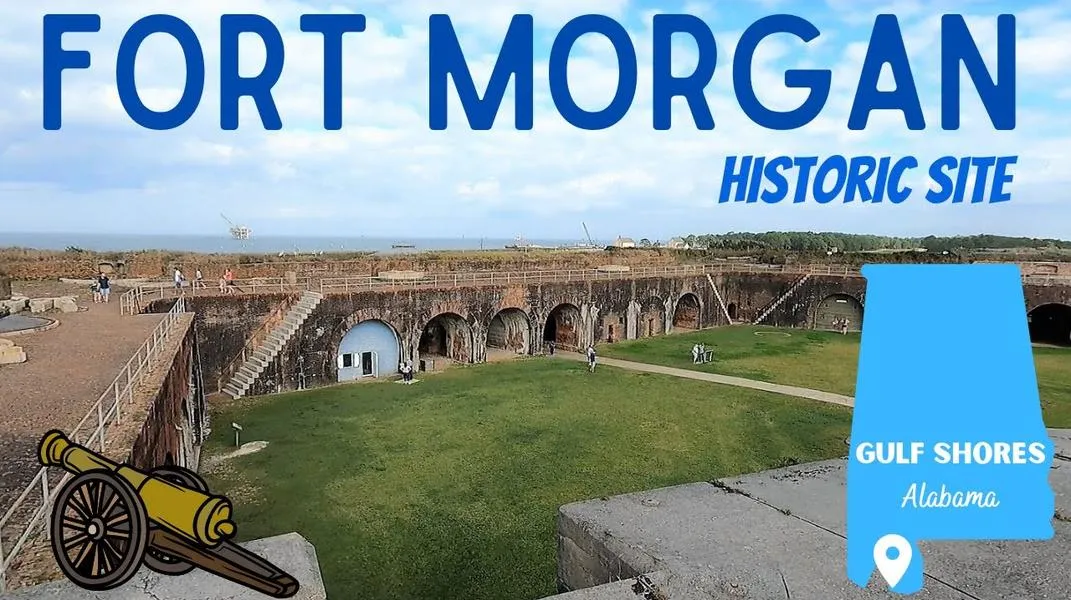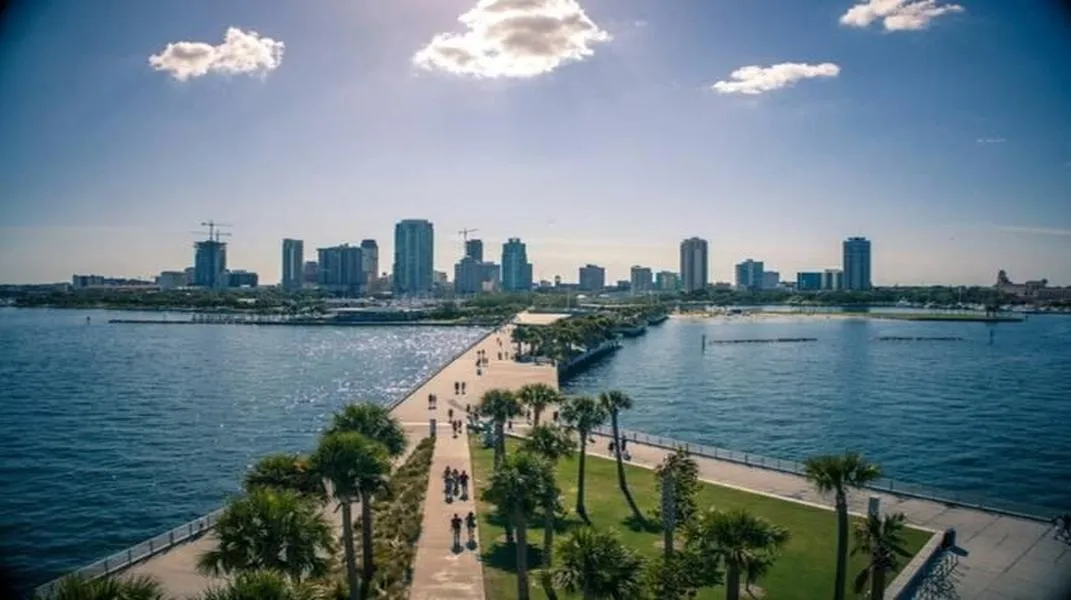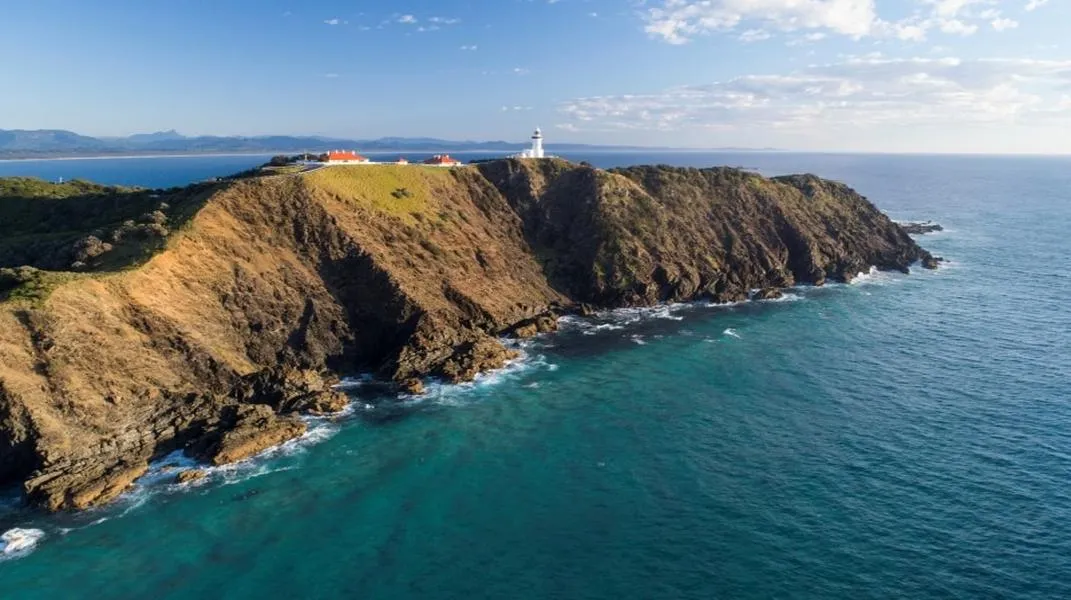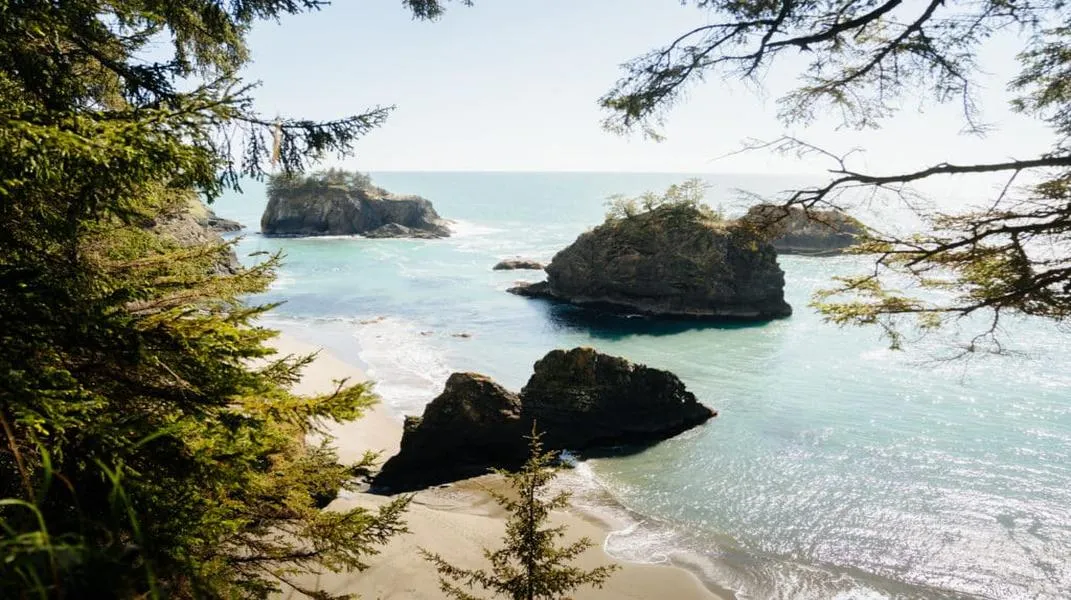Exploring Fort Morgan: A Historical Gem on Alabama’s Gulf Coast
Nestled at the mouth of Mobile Bay, Fort Morgan stands as a testament to the rich history and military significance of the Gulf Coast. This well-preserved fortification, with its impressive architecture and storied past, is a must-visit destination for history enthusiasts, families, and anyone looking to explore the natural beauty of Alabama's coastline. In this article, we will delve into the history of Fort Morgan, its architectural features, the activities available for visitors, and the materials you should prepare for an unforgettable visit.

A Brief History of Fort Morgan
Fort Morgan was constructed between 1819 and 1834 as part of a series of coastal defenses in response to the War of 1812. Named in honor of Revolutionary War hero Daniel Morgan, the fort played a crucial role in several conflicts, including the Civil War. Its strategic location allowed it to guard the entrance to Mobile Bay and control maritime traffic.
During the Civil War, Fort Morgan became a focal point of battle. In 1864, it was besieged by Union forces in a significant campaign known as the Battle of Mobile Bay. The fort sustained heavy bombardment and eventually surrendered, which marked a pivotal moment in the war and helped secure Union control over Mobile Bay.
Throughout the years, Fort Morgan has served various military purposes and has seen numerous renovations and restorations. Today, it is managed by the Alabama Historical Commission and is recognized as a National Historic Landmark, attracting thousands of visitors each year.
Architectural Features of Fort Morgan
One of the most captivating aspects of Fort Morgan is its architecture. The fort is designed in the shape of a bastion, featuring thick brick walls, a series of moats, and a complex system of underground passages. Here are some key architectural features to appreciate during your visit:
1. The Bastion Design
Fort Morgan's bastion design is a classic example of 19th-century military architecture. The fort is built with a pentagonal shape, allowing for a broader field of fire from its cannons while minimizing blind spots. The walls are made of brick and cement, standing over 30 feet high in some areas.
2. The Casemates
The fort contains a series of casemates—interior chambers that served as living quarters for soldiers and storage for ammunition and supplies. These rooms are fascinating to explore, providing insight into the daily lives of those who once manned the fort.
3. The Gun Emplacements
Visitors can view the original gun emplacements where cannons were mounted. These strategic points allowed the fort to defend against potential naval attacks. The preserved cannons and artillery pieces give a vivid picture of the military technology of the era.
4. The Historic Powder Magazine
One of the most significant structures within Fort Morgan is the powder magazine, where gunpowder was stored safely away from the main living areas. This structure is an essential part of the fort's operational history and reflects the importance of safety in military fortifications.
5. The Moat and Drawbridge
Surrounding the fort is a dry moat, which served as an additional line of defense. The entrance is marked by a historic drawbridge that adds to the fort's medieval charm. Visitors can walk across the drawbridge and imagine themselves in a time of conflict and defense.
Activities and Attractions at Fort Morgan
Visiting Fort Morgan is not just about exploring the historical structures; it also offers a variety of activities that can enhance your experience. Here are some suggestions:
1. Guided Tours
One of the best ways to appreciate Fort Morgan is by taking a guided tour. Knowledgeable guides provide fascinating insights into the fort's history, architecture, and significance in American military history. Tours are available seasonally and often include access to areas that may not be open to the general public.
2. Self-Guided Exploration
For those who prefer a more independent experience, self-guided tours are also available. Informational plaques throughout the fort detail its history and architectural features. Visitors can take their time exploring the grounds, wandering through the casemates, and enjoying the beautiful views of Mobile Bay.
3. Photography Opportunities
Fort Morgan offers stunning photography opportunities. The combination of historic architecture, lush landscapes, and coastal scenery makes it a favorite among photographers. Be sure to capture the fort at sunset for breathtaking views.
4. Picnicking
The grounds around Fort Morgan are perfect for a picnic. There are designated areas with picnic tables, allowing families and friends to enjoy a meal while surrounded by history. Visitors can bring their own food or purchase snacks from the gift shop.
5. Fishing and Beach Access
Just a short walk from the fort, visitors can access the beautiful beaches of the Gulf Coast. The area is popular for fishing, swimming, and relaxing in the sun. Bring your fishing gear if you want to cast a line in the nearby waters.
6. Visitor Center and Gift Shop
The Fort Morgan Visitor Center offers a wealth of information about the fort's history and the role it played in various conflicts. The gift shop features unique souvenirs, books, and educational materials to remember your visit.
Preparing for Your Visit
To make the most of your trip to Fort Morgan, it's essential to prepare adequately. Here’s a checklist of materials and items to consider bringing along for your visit:
1. Comfortable Footwear
Fort Morgan features uneven terrain, cobblestone pathways, and stairs. Comfortable walking shoes are a must for exploring the fort's grounds and accessing its various levels.
2. Weather-Appropriate Clothing
The weather along Alabama’s Gulf Coast can be unpredictable. Check the forecast and dress in layers, especially if you plan to visit during the cooler months. Lightweight clothing and sunscreen are essential during the summer months.
3. Water and Snacks
While there are facilities available, it’s a good idea to bring bottled water and snacks to keep your energy up while exploring. Hydration is particularly important during the hotter months.
4. Camera or Smartphone
Don’t forget to bring a camera or smartphone to capture the beautiful views and historical architecture. Fort Morgan’s landscapes are picturesque, and you’ll want to document your experience.
5. A Backpack or Bag
A small backpack can help carry your essentials, including water, snacks, your camera, and any souvenirs you may purchase.
6. Binoculars
If you’re interested in birdwatching or want to survey the coastline, bring a pair of binoculars. The area is home to diverse wildlife, and you might spot some interesting birds or marine life.
7. Guidebooks or Maps
If you enjoy learning about history, consider bringing along guidebooks or maps about Fort Morgan and the surrounding area. This can enhance your understanding of what you’re seeing during your visit.
8. A Blanket or Picnic Supplies
If you’re planning to enjoy a picnic, bring along a blanket, utensils, and any food you’d like to prepare. The picnic areas provide a lovely setting to relax and enjoy a meal with family and friends.
Conclusion
Fort Morgan is more than just a historical site; it’s a journey back in time that offers a unique glimpse into America’s military past. From its impressive architecture to its strategic location along the Gulf Coast, Fort Morgan is a destination that appeals to history buffs, families, and outdoor enthusiasts alike.
By preparing adequately and immersing yourself in the various activities and attractions available, you can ensure a memorable visit to this historic gem. So pack your bags, gather your family and friends, and get ready to explore the captivating history and beauty of Fort Morgan. Your adventure awaits!




